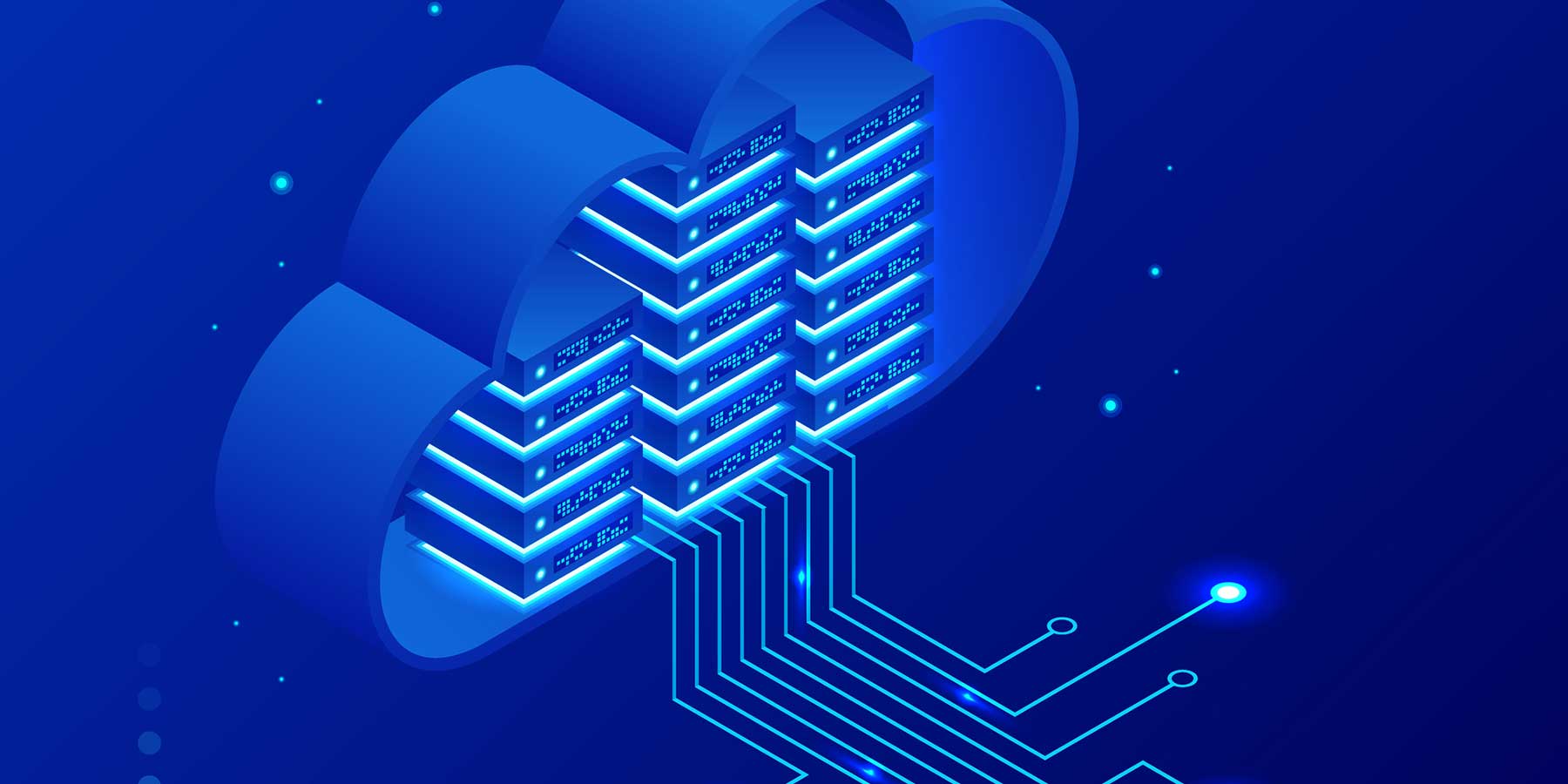It’s pretty safe to say that when the global pandemic hit us all in 2020, businesses (and individuals) weren’t aware of the potential changes that were about to take place across the global working environment. We saw a massive move to working from home, and to this day, global teams and even new hires are finding different ways to work remotely rather than returning to the office.
While this has brought about a massive shift in the local and national economies around the world, it has also meant that the way we work has changed, and with that, the threats to organisations have also changed. With more people using cloud infrastructure and platform services, there has been an explosion in complexity and unmanaged risk.
Cloud Security Posture Management (CSPM) mistakes are unfortunately common because of this, so it is important to ensure that businesses are prepared to mitigate risks and to develop a cybersecurity methodology that protects businesses.
In this article, you will learn what CSPM is, how Cloud Security Posture Management works, CSPM best practices, and, finally, typical CSPM mistakes and how to avoid them.
What is Cloud Security Posture Management
Cloud Security Posture Management (CSPM) automates the identification and remediation of risks across cloud infrastructures, including Infrastructure as a Service (IaaS), Software as a Service (Saas), and Platform as a Service (PaaS). CSPM is used to visualise risk and assess incident response, compliance monitoring, and DevOps integration, and can uniformly apply best practices for cloud security to hybrid, multi-cloud, and container environments.
Of course, in an interconnected world where more and more is being done on cloud services, while they provide flexibility, they are extremely hard to secure.
How CSPM Works
In short, CSPM works by examining and comparing a cloud environment against a defined set of best practices and known security risks.
- Infrastructure as a Service: IaaS is a type of cloud computing that offers virtualized computing resources on the internet.
- Software as a Service: SaaS is a workflow tool that enables users to store and manage their activities in the cloud.
- Platform as a Service: PaaS is the complete development and deployment environment in the cloud.
Some of the CSPM tools issue alerts, while others automate remediation in order to establish better practices and avoid further security risks. Some of the main CSPM benefits include:
- Automatic detection of (possibly risky) misconfigurations
By doing so, it limits the risk that could lead to a data breach or leak.
- Enables compliance to be verified and demonstrated. The task of identifying cloud security misconfigurations by using a set of benchmarks and best practices.
- It helps enforce governance across organisations
CSPM can help enforce governance everywhere, helping to take pressure off less security-involved teams e.g., dev teams. - Continuous monitoring of the cloud environment
Continuously assess and monitor cloud environments to ensure organisations are adhering to their compliance policies.
CSPM Best Practices
As with any protocols used in cybersecurity, there are best practices that can be used throughout the organisation and by CISOs to ensure that CSPM is treated properly. These best practices include;
- Automated compliance and alignment with cloud security standards
- Automate the organisation’s security policies
- Must take into account the dynamic aspect of cloud objects.
- Quantify risk and prioritise security violations
- We need to identify the most urgent security issues quickly.
- Enforce security checks in application development pipelines
- Acknowledge how detecting security issues late in a development cycle is expensive.
- We need to identify security shortfalls early.
- We need to embed security into app development processes
CSPM Mistakes and How to Avoid Them
There are, however, common mistakes that occur when it comes to CSPM, so it is important for organisations to find a way to enforce them.
- Organisations think they can do it all on their own
It is common for organisations to think that they can do it all on their own. On single projects, this can be a good idea, but when it gets scaled up, which is the point of cloud protocols – that idea can fall flat on its face. The solution to this mistake is comprehensive and centralised visibility, security, and compliance, which is what CSPM provides. - Overlooking the need for multi-cloud CSPM
Going for a one-size-fits-all approach, which is what CSPM tools offer on a public cloud service – doesn’t provide a unified view across multiple clouds. What is needed, however, is a robust, multi-cloud CSPM solution. - Failing to Develop Widespread Cloud Security Appreciation
Another mistake is making the focus narrow in scope. Organisations can tend to silo cloud security operations with a small number of IT security people. There is a need for all teams involved in cloud processes to be very security conscious. The solution is to ensure that all teams involved in cloud processes/app development, etc. are fully acquainted with cloud security requirements. - Failing to recognise security risks
Small organisations may think they don’t need to consider cloud security. They are not going to be affected by the kinds of risks that large organisations are usually exposed to. However, for many small organisations, they only think about it after they have experienced an attack or breach. Cybersecurity should be a top priority regardless of the size – and a robust CSPM strategy needs to be in place and followed by all teams.
Conclusion
With more and more organisations switching to work from home practices, cloud security protocols must be a key part of the cybersecurity function. CSPM automates the identification and remediation of risks across cloud infrastructures, and if best practices are followed, regardless of the size of the entity, more can be done to stop potential attacks and keep organisations safe.
If you were looking to get a better understanding of where your organisation’s cyber weaknesses lie, BlueFort’s Evolve IT Services can not only help you get a much better understanding of these threats but also provide you with the solutions to protect your organisation in the long term.
Call, 01252 917000, email enquiries@bluefort.com or get in touch with us via our contact form.


